You might have missed the drama caused when Nancy Bo Flood was invited to join the “Indigenous Experience in Children’s Literature” panel. Native American children’s book blogger, Debbie Reese objected:
“As regular readers of AICL know, I’ve been studying the ways Native peoples are depicted in children’s literature for decades. In that time, I’ve come to know the work of many people who–like Flood–are not Native, but write books about Native peoples. Amongst that body of White writers, there are many instances in which the writer has done particularly egregious things.”
Her objection is well said. The United States was founded on Native American genocide, with their lands taken away, their treaties violated, and their cultural heritage stolen through forced a boarding school system. In my opinion, it’s not right that their stories are stolen or “retold” by non-Native Americans unless there is explicit permission from the specific tribe.
*Breaking News*
* Amerian Indians In Children’s Literature post: “Is Joseph Bruchac truly Abenaki?”
Based on what I’ve learned over the last several years, I no longer feel confident saying that Joseph Bruchac, his sister Marge, or his sons are Native. All of them have written books for children. For decades–teachers have used Bruchac’s books believing he is Native. In the past–believing he is Native–I have recommended his books. I can no longer recommend books by Joseph Bruchac, his sister Marge Bruchac, or his sons.
To the best of my ability, I make this Native American folklore list as part of my Folk Tales series with books by just Native American authors. What am I missing? Thanks for your help.
p.s. My other Folk Tales posts include:
24 Wonderful Chinese Folk Tales for Kids
15 Great Korean Folk Tales for Kids
21 Wonderful Japanese Folk Tales for Kids
Hawaiian Folk Tales and Children’s Books
Native American Folklore & Creation Stories by Native Americans
Beaver Steals Fire: A Salish Coyote Story told by the Confederated Salish and Kootenai Tribes, illustrated by Sam Sandoval
“This story represents thousands of years of oral tradition. In Beaver Steals Fire, fire is a gift from the Creator brought by the animal beings for human beings who are yet to come.” from Acknowledgements
“For those who use this book in the classroom, this story should be read or discussed only during winter when snow is on the ground. The elders usually bring out the stories in November and put them away again when the snow is gone. It is said that snakes will come to those who do not follow this custom or that cold weather will come during the warm months.” from A Note to the Reader
Since I do not want to disrespect the Salish and Kootenai traditions, and this is July, I am not reading the book as snow is not on the ground here in Boston and I certainly don’t wish for cold weather to come sooner than it already does. Please enjoy this book at the first snowfall. [picture book, ages 4 and up]
Crossing Bok Chitto: A Choctaw Tale of Friendship & Freedom by Tim Tingle (a member of the Choctaw Nation of Oklahoma), illustrated by Jeanne Rorex Bridges (an artist of Cherokee ancestry)
Crossing Bok Chitto is a tribute to the Choctaws — and Cherokees and Creeks and Chickasaws and Seminoles — and Indians of every nation who aided the runaway people of bondage. from A Note on Choctaw Storytelling in the backmatter
In the days before the Trail of Tears, the river Bok Chitto was a boundary, separating the Choctaws from the Mississippi plantation owners. This river was the line between slavery and freedom for their slaves. When Martha Tom, a young Choctaw crosses the river in search of blackberries, she meets Little Mo, a young black slave who helps her find her way home. Their friendship continued as the years passed, Martha Tom crossing Bok Chitto on her way to church and sitting with Little Mo’s family. When Little Mo’s mother was to be sold, Little Mo had a plan. His family, with the help of the Choctaws, would cross to freedom. [picture book, ages 4 and up]
Following the singing of the Treaty of the Dancing Rabbit Creek in September of 1830, the government forced thousands of Choctaws from their homes in Mississippi. The Choctaws began the trek to Indian Territory, thus becoming the first travelers on the Trail of Tears. from Choctaws Today: Two Properous Nations, One Strong People in the backmatter
A Man Called Raven by Richard Van Camp, illustrated by George Littlechild
Two boys torment a raven, hurting it with hockey sticks. A mysterious man appears and tells them a story about a mean man who hurt a raven. The raven followed the man everywhere, driving the man crazy until one day the man turned into a raven. Flying over his own funeral, the man realized that his entire village turned out, but it was too late to apologize to his people. From that day forward, he changed and started to watch over his people. This contemporary story of respect for all creatures has roots in the author’s Dogrib National from the Northwest Territories of Canada. [picture book, ages 7 and up]
Raccoon’s Last Race: A Traditional Abenaki Story as told by Joseph Bruchac* and James Bruchac* (both of Abenaki Indian descent), illustrated by Jose Aruego and Ariane Dewey
There is probably no stories more popular among Abenaki children than those of Azban the Raccoon. There is a strong tradition of using stories rather than physical punishment as a means of disciplining children. from Authors’ Notes
Azban the Raccoon is a trickster tale of a long-ago raccoon with very long legs, thus the fastest runner among the animals. He wasn’t the nicest animal; he would challenge the other animals to race and taunt them as he passed them. This is a humorous folktale of how a raccoon challenged a rock on the top of a mountain to a race, and the rock flattened the raccoon as he looked back to taunt it. Only the ants would help Raccoon get back into shape, but his new shape is much different from before. [picture book, ages 4 and up]
The Boy Who Lived With the Bears and Other Iroquois Stories told by Joseph Bruchac, illustrated by Murv Jacob
Six Iroquois stories that were told for thousands of years in the longhouse around the most central of the five fires by an elder to an audience of women, children, men, and elders.
The Iroquois today, who number more than 20,000 in New York State alone. After many years of being misunderstood as described as warlike savages, the People of the Longhouse are finally being viewed with respect. Their large-scale agriculture, using the Three Sisters (corn, beans, and squash), is now being recognized as one of the most sophisticated and efficient farming systems ever devised. Their Great League of Peace is now seen by many historians as a direct influence on the framing of the United States Constitution. The balanced roles of women (who headed the families and chose the leaders of the people) and men are examples for the modern world. from the Introduction
These six tales are humorous and entertaining as well as illustrate principles of living with respect for others.
Rabbit and Fox is a trickster tale of how Rabbit fooled Fox into eating it. The Boy Who Lived With the Bears is a story of how a boy, rejected by his guardian, is adopted by the bears. How the Birds Got Their Feathers explains how Buzzard came to be. Turtle Makes War on Man explains why turtle has red cheeks, and skunks and rattlesnakes have flat heads. Chipmunk and Bear explains why chipmunks have stripes on their backs. Rabbit’s Snow Dance reminds me of Raccoon’s Last Race when rabbits had long legs and a long bushy tail and explain how pussy willows came to be. [short story anthology, ages 6 and up]
The Legend of the Fog by Quanaq Mikkigak and Joanne Schwartz, illustrated by Danny Christopher
In the spring, the Arctic tundra teems with life, but dangers as well including creatures that hunt humans. In this centuries-old Inuit traditional tale, a lone hunter named Quannguaviniq meets one such monster, the tuurngaq. His strategy to survive is to pretend to be dead but he ends up in the turrngaq’s cave with its family, waiting to be turned into dinner. He escapes but the wife chases him, and, in defeating her, creates fog. [picture book, ages 4 and up]
How Chipmunk Got His Stripes by Joseph Bruchac and James Bruchac, illustrated by Jose Aruego and Ariane Dewey
Joseph Bruchac says this story “is even very different from the briefer telling of my own that I included in my collection Iroquois Stories: Heroes and Heroines, Monsters and Magic.”
Bear brags about how great he is so little Brown Squirrel challenges Bear to tell the sun not to rise tomorrow morning. When the sun comes up, little Brown Squirrel is elated to be correct and teases Bear. In retaliation, Bear swipes his paw across little Brown Squirrel’s back and that’s how it came to be Chipmunk. This is also why Chipmunk is the first one up every morning! [picture book, ages 4 and up]
Thirteen Moons on Turtle’s Back: Native American Year of Moons by Joseph Bruchac
The thirteen moons on the turtle’s back represent the thirteen months of the year used in many Native American cultures including Potowatomi, Anishinabe, Abenaki, Cree, Northern Cheyenne, Huron, Seneca, Pomo, Menominee, Micmac, Cherokee, Winnebago, and Lakota Sioux. This collection of poems celebrates the thirteen moons of the year, the seasons, and the folklore of Native American peoples. [poetry picture book, ages 4 and up]
Turtle’s Race with Beaver by Joseph Bruchac and James Bruchac, illustrated by Jose Aruengo and Arine Deweg
Turtle’s Race with Beaver underscores the importance of sharing. Beaver moves into Turtle’s pond when Turtle is asleep at the bottom. When Turtle wakes up, the pond is transformed. Turtle is willing to share the pond, but Beaver is not. A race will determine who stays. Turtle knows Beaver is the fastest swimmer, so Turtle has a plan. Although Beaver loses and moves to a new pond, it also has a turtle resident. This time, though, Beaver agrees to share. [picture book, ages 4 and up]
The Hunter’s Promise: An Abenaki Tale by Joseph Bruchac (of Abenaki Indian descent), illustrated by Bill Farnsworth
Bruchac says that this traditional story can be found in many of the indigenous nations of the northeast including Iroquoian, Algonquin, and Abenaki. It’s a story of loyalty and trust, but also of connection to nature and the bond between hunters and animals.
“It is more than just the relationship between predator and prey. When the animal people give themselves to us, we must take only what we need and return thanks to their spirits. Otherwise, the balance will be broken. Everything suffers when human beings fail to show respect for the great family of life.”
A young hunter makes camp where he stays throughout the winter hunting. He’s lonely and wishes for a partner. Mysteriously, he would return to his lodge and find meals prepared and skins prepared. On the seventh night, a woman appears. When spring arrives, she asks him to remember her and he does, refusing to marry another woman his father found for him. When he returns in the fall, the woman, his wife, has borne him a son, Wadzo who isn’t like an ordinary human boy. In seven days, Wadzo has grown into a man. When the hunter returns, the chief’s daughter wants to marry him. She uses a spirit helper to make him forget his wife and son. When he returns to winter camp, his winter wife is there with a second son. She sees that he has forgotten her and the three of them turn into moose. The magic that holds the husband captive is released, and he remembers his family. He too, leaves, to follow them and his tracks turn into those of a moose. [picture book, ages 4 and up]
The First Strawberries by Joseph Bruchac, illustrated by Anna Vojtech
To this day, when the Cherokee people eat strawberries, they are reminded to always be kind to each other; to remember that friendship and respect are as sweet as the taste of ripe, red berries.
When the first man and woman lived on the earth, they had that age-old argument about what’s for dinner. She was busy all day picking flowers and did not have the meal ready and her husband spoke coldly to her. Enraged, she left him. The man was sorry for his harsh words and wanted to find her to apologize but she was too quick. The Sun took pity on the man and tried to slow the woman down, setting raspberries, blueberries, and blackberries before her, but she was too angry and didn’t notice them. Finally, the Sun tried strawberries. The woman stopped to eat the sweet berries and even collected them for her husband who finally caught up to her. And this is how, according to Cherokee legend, strawberries came into the world. [picture book, ages 4 and up]
Spearfinger by Charles Suddeth, illustrated by Carrie Salazar
Bilingual Cherokee/English Native American folktale tells the story of how a young boy defeats Spearfinger, a shapeshifting witch, and becomes a gifted medicine man. An extensive glossary of Cherokee words is included in the back. [bilingual Cherokee/English picture book, ages 4 and up]
The Stone Cutter & The Navajo Maiden by Vee F. Browne (member of the Navajo Nation, belonging to the Bitter Water and Water Flows Together clans), illustrated by Johnson Yazzie (member of the Navajo Nation)
Bilingual in both English and Navajo, this picture book feels like a folk tale telling the story of a young girl who breaks the family metate which she needs to grind corn into flour for bread. Browne imbues the story with Navajo culture, including food, homes, and the Navajo language. The girl’s journey to get the metate fixed brings her to a Moccasin Maker, a Potter, and the mysterious Stone Cutter. All are kind to her, and she learns more about the sacredness of the grinding stone. In the endnotes, the ceremony of girls transitioning to women is called the Kinnaldá in which the grinding stone is a part of the celebration. [picture book, ages 6 and up]
Pushing Up the Sky: Seven Native American Plays for Children by Joseph Bruchac, illustrated by Teresa Flavin
Act out these seven very short Native American folktales told as plays for children. Gluskabe and Old Man Winter is an Abenaki story from an area now known as New England. Star Sisters is from the Ojibway people, also known as Chippewa, from the Great Lakes region spanning Canada and the United States. Possum’s Tail from the Cherokee who lived in the Southern United States states of Georgia, Tennessee, and North Carolina. Wihio’s Duck Dance is from the Cheyenne people who live west of the Great Lakes. Pushing Up the Sky is from the Snohomish people who live in the Pacific Northwest, not far from Puget Sound. The Cannibal Monster from the Tlingit in the far north of Alaska. The Strongest One is from Zuni, one of the peoples of the Southwest. [book of plays, ages 7 and up]
Native American Animal Stories told by Joseph Bruchac, illustrated by John Kahionhes Fadden (Mohawk artist)
From creation stories to how things came to be, Joseph Bruchac brings Native American folklore and myths from all the different regions of North America in this timeless collection, organized by themes. [anthology chapter book, ages 7 and up]
To examine any book more closely at Amazon, please click on image of book.
As an Amazon Associate, I earn from qualifying purchases.
Follow PragmaticMom’s board Multicultural Books for Kids on Pinterest.
Follow PragmaticMom’s board Children’s Book Activities on Pinterest.
My books:
Amazon / Signed or Inscribed by Me
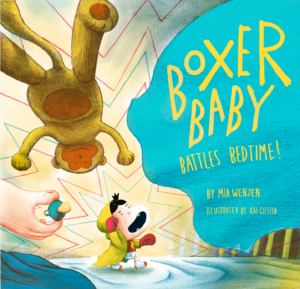 Amazon / Signed or Inscribed by Me
Amazon / Signed or Inscribed by Me
Food for the Future: Sustainable Farms Around the World
- Junior Library Guild Gold selection
- Selected as one of 100 Outstanding Picture Books of 2023 by dPICTUS and featured at the Bologna Children’s Book Fair
- Starred review from School Library Journal
- Chicago Library’s Best of the Best
- 2023 INDIES Book of the Year Awards Finalist
- Green Earth Book Award longlist
- Imagination Soup’s 35 Best Nonfiction Books of 2023 for Kids
Amazon / Barefoot Books / Signed or Inscribed by Me

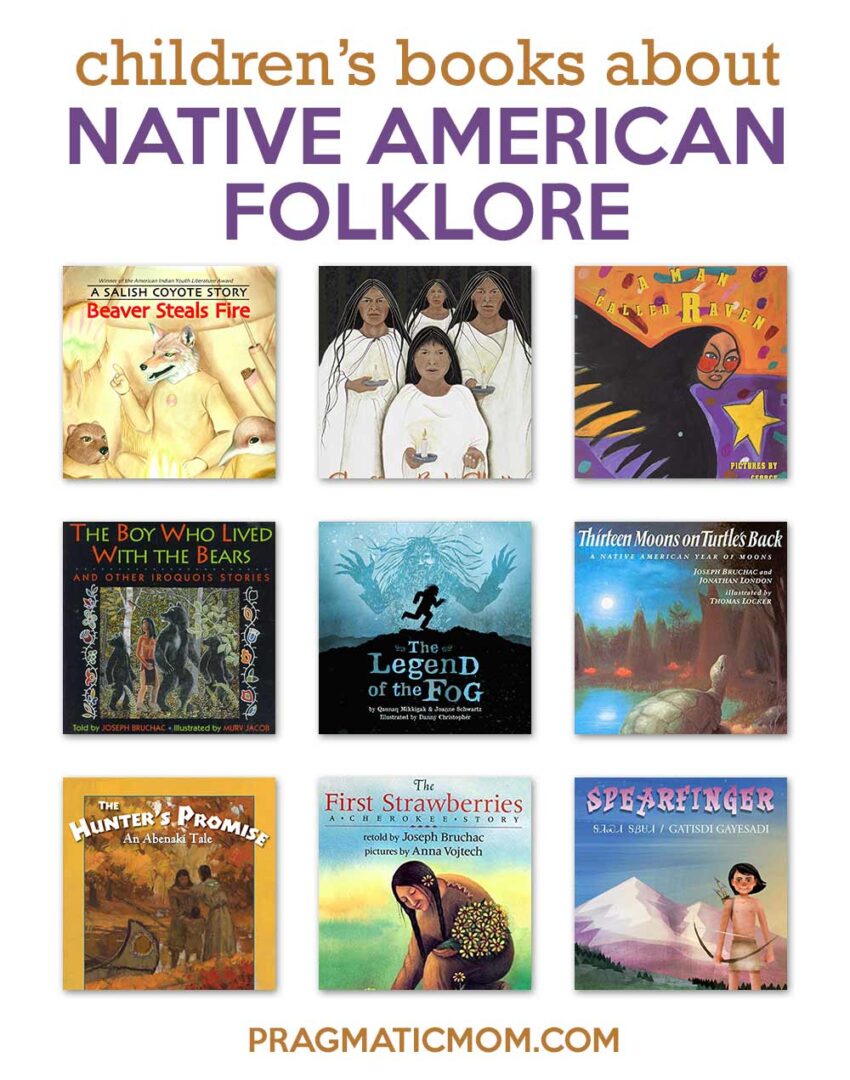
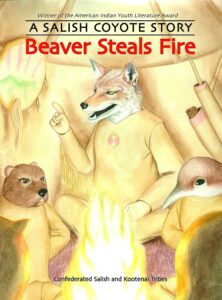
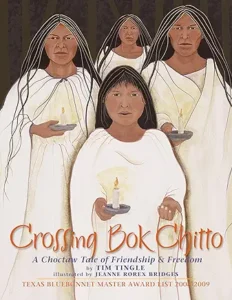
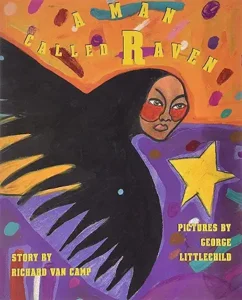
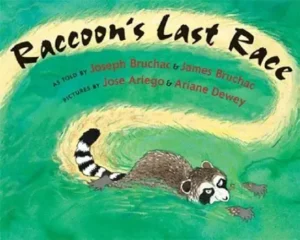
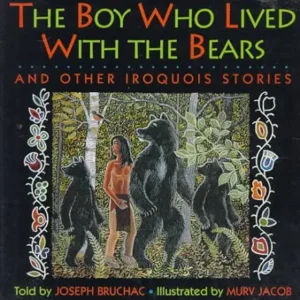
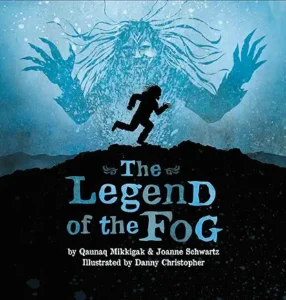
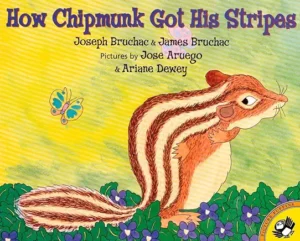
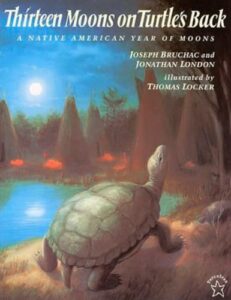
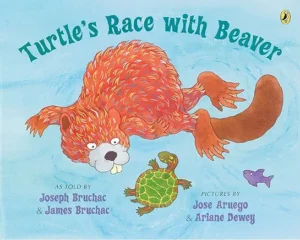
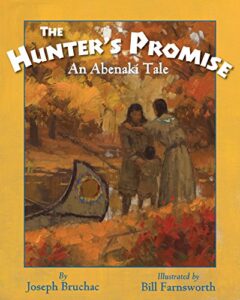
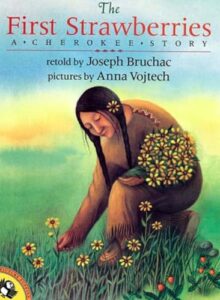
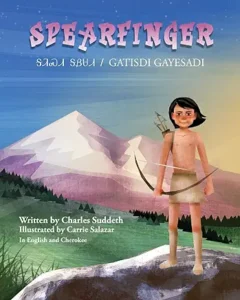
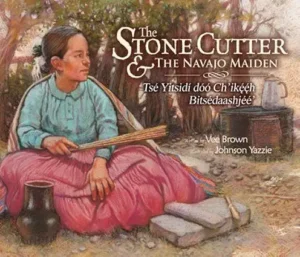
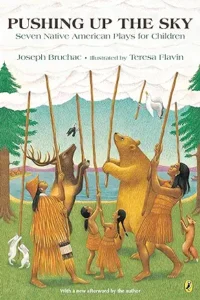
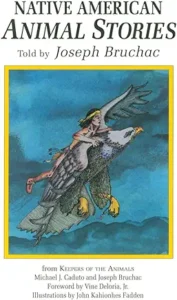
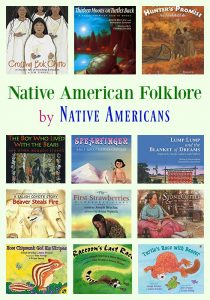


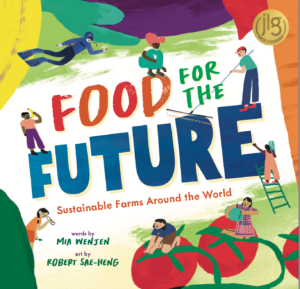
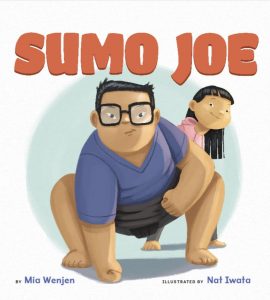

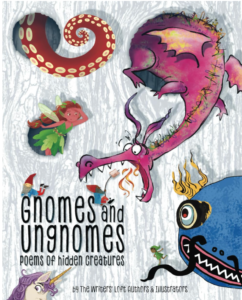

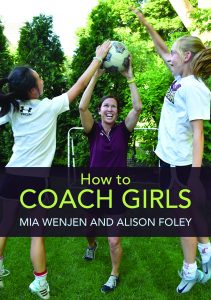



Great selection. I have two new picture books I’ll be reviewing about Canadian Indigenous families. I love Native American books.
My daughter (adopted) just discovered that her biological grandmother was 100 percent Native American, Cherokee. Love the photo of her.
Hi Pat,
I am glad there are more Indigenous books for kids being published!
Thanks for this great list, Mia! I’ve read a few of Bruchac’s books and enjoyed them.
Hi Maria,
His books are great and he can write in any genre which is a talent!
A wonderful selection of books. I’m bookmarking this post to return to it later.
Awesome #ownvoices list! Thanks for putting this together and sharing with #readyourworld.
Thanks Katie! I want to promote #OwnVoices Indigenous as much as possible!
Very nice list and many of these titles are new to me. Thank you for taking the time to review this list as it is difficult to know which books to share with the children. Sharing on social media now.
I am trying to promote Indigenous authors and illustrators more because they are underrepresented.